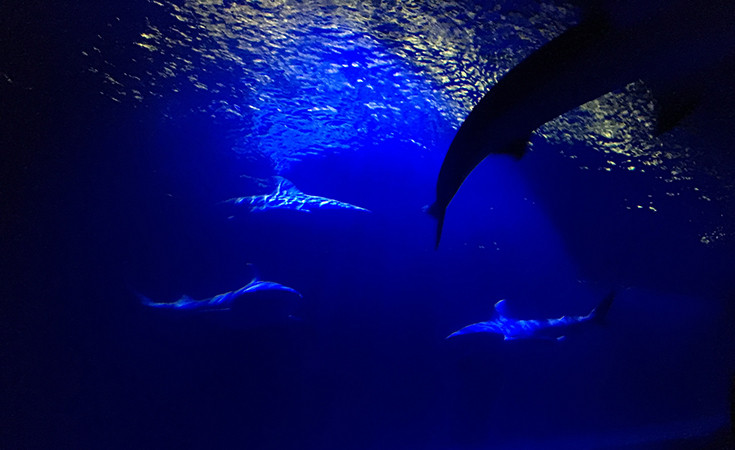
The oldest aquarium in the USA, located on Cony Island in Brooklyn is the New York Aquarium. It was initially opened in Battery Park on Manhattan in 1896, but it was moved to Cony Island in 1957. The aquarium stretches on over 14 hectares and it is a home to more than 350 animal species, while the total number of animals is about 8.000, including aquatic animals from all over the world.
Research is being done in the aquarium, which is one of the main goals of this facility, in order to educate people on the importance of the aquatic ecosystem. Through frequent exhibitions and programs, they raise awareness on different issues that the aquatic ecosystem and its inhabitants face, and they put emphasis on the fact that we all can contribute to its preservation. As they themselves have pointed out in their public announcements, they want to establish a relationship between visitors and the ocean, focusing on field research that scientists carry out on the beach of New York.
The aquarium developed progressively – as directors changed, it experienced improvements in its collection. It was significantly enriched while it was directed by the zoologist Charles Haskins Townsend.
Even though Hurricane Sandy damaged and devastated the aquarium to a certain extent, it was reopened in 2018 with an exhibition by Donald Zucker and Barbara Hrbek Zucker called “Ocean Wonders: Sharks!”. Sharks from all over the world were presented in this exhibition, with special focus on wild animals.
During your visit, you can ask some of the volunteers anything you are interested in and they will direct you further. You will enjoy getting more educated and familiar with the sea world and its aquatic animals.
Admission for adults, depending on the period, is from $ 20 to $ 25.
Author of the article:

Marijana Niković tour guide for Montenegro
For guided tours please contact
(Viber) 00382 68 230 241
![]()